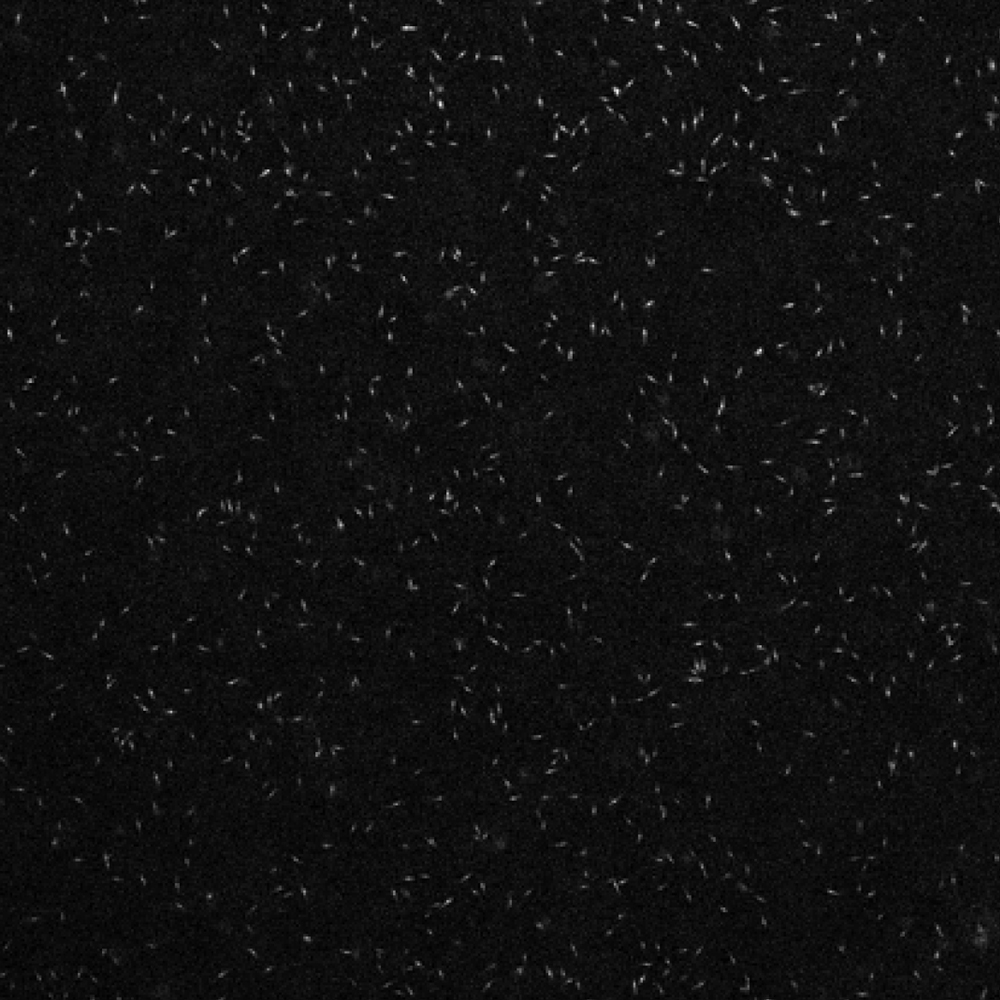High Content Imaging
High content imaging is primarily concerned with the automated analysis of large cell populations where the goal is to process as many cells as possible in the fastest time with the highest resolution.
To facilitate this, we offer scientific cameras that feature key specifications such as large fields of view, high pixel counts and fast speeds.

Kinetix
High sensitivity, 95% quantum efficient sCMOS camera with an incredibly high 400 fps full-frame speed and a massive 29.4 mm diagonal field of view.
The speed of the Kinetix significantly outperforms typical sCMOS devices. With a full-frame framerate of 400 fps and a 10 megapixel sensor, the Kinetix delivers over 4000 megapixels/second.
The huge 29.4 mm square sensor of the Kinetix is designed to increase throughput, maximize the amount of data captured in a single frame and significantly speed up data acquisition. Perfect for high content imaging applications.

Iris 15
High resolution, large field of view, monochrome sCMOS camera with 15 million pixels.
The Iris 15 is the ideal solution for high content imaging when resolution is of the greatest importance. The tiny, 4.25 µm pixels allow for the highest resolution while still delivering a large, 25 mm diagonal field of view to maximize throughput.

Prime BSI Express
High sensitivity, 95% quantum efficient, monochrome sCMOS camera with 4.2 million pixels and 1.0e– read noise.
The highly sensitive, back-illuminated Prime BSI is particularly suitable for the lowest light high content imaging applications where detection is of vital importance.
Customer Stories
Calcium Imaging

“The Iris 15 gives us the field of view, resolution and sensitivity to use calcium imaging to study interactions between large populations of cells with single-cell resolution on our Mesolens microscope.”
Microfluidics and Live Cell Imaging

“The Prime 95B allowed us to acquire high contrast fluorescence images using low excitation intensities and subsequently allowed us to image over longer periods of time and at higher frequencies than previously possible. This allowed for the intrusion-free study of many sensitive developmental processes.”
Live Cell Time Lapse

“By changing to the Prime BSI, it allowed users to reduce the magnification from 60 to 40 or 20, letting them take images with a much larger FOV without a loss of sensitivity.”



